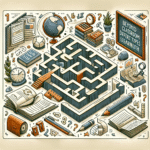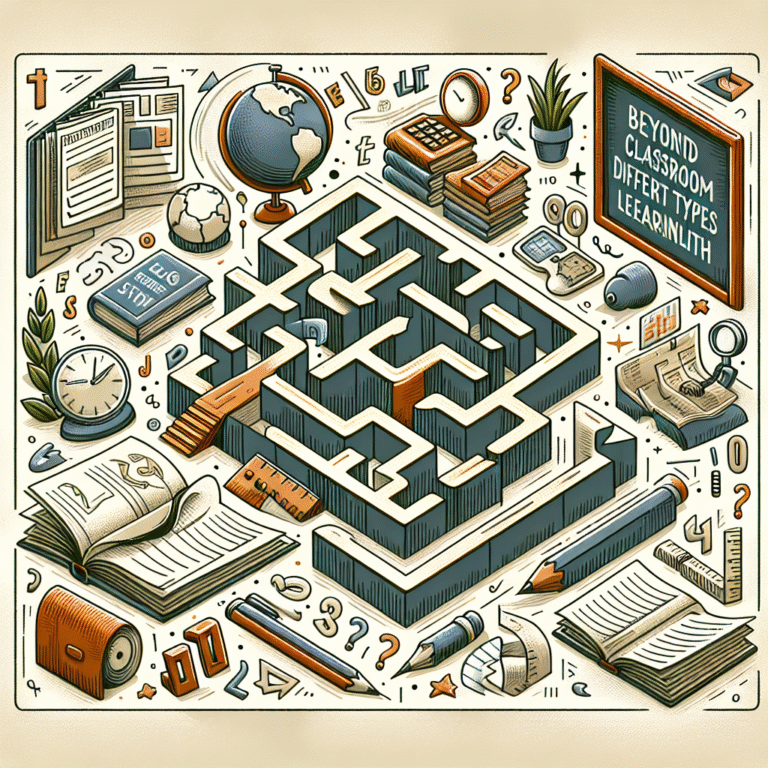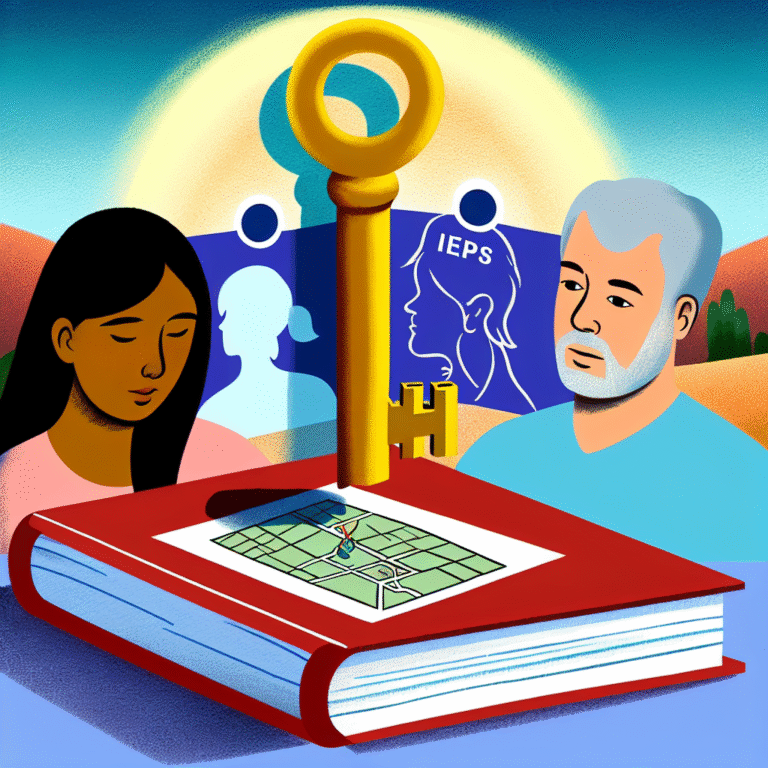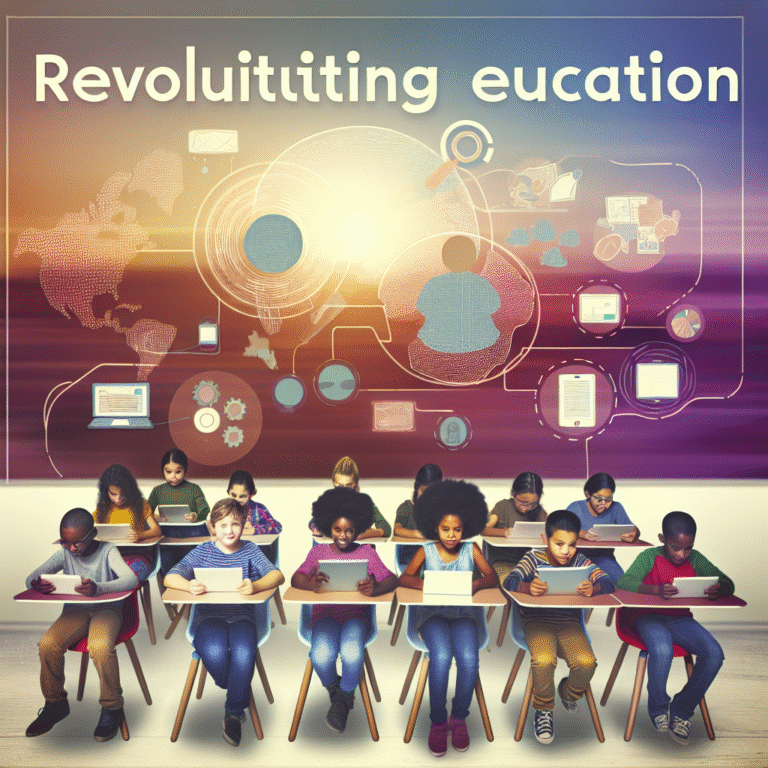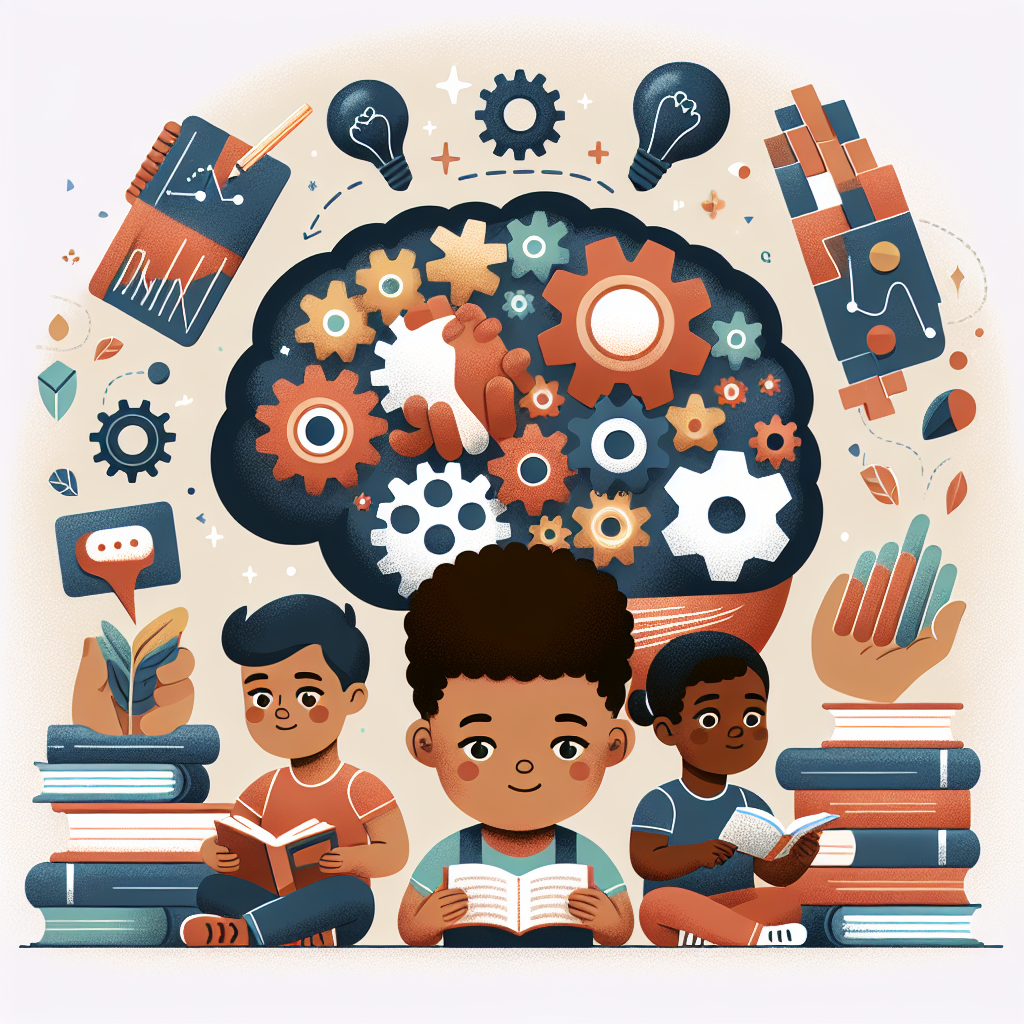
Essential Cognitive Strategies for Improving Memory in Children with Learning Disabilities
Introduction
Imagine a bright classroom filled with curious minds, yet one child struggles to keep up, often feeling frustrated and overlooked. Learning disabilities are not just academic hurdles; they can impact a child’s self-esteem and social interactions. However, the good news is that various cognitive strategies for improving memory in children with learning disabilities can empower these children and help them thrive. This article delves deep into those strategies, which are designed to enhance retention and recall, fostering not just academic success but also personal growth and confidence.
Understanding Learning Disabilities
Learning disabilities (LD) manifest in various ways, affecting reading, writing, mathematics, and more. According to the National Center for Learning Disabilities, around 1 in 5 children exhibit symptoms of a learning disability. The complexity of these disabilities often requires tailored cognitive strategies that can make a significant difference. Recognizing the unique ways in which these children learn is the first step toward implementing effective memory-enhancing techniques.
Case Study 1: Sam’s Story
Sam, a 10-year-old boy with dyslexia, struggled to keep up with his classmates in reading and spelling. His frustration often led to avoiding homework and participating less in class. After implementing specific cognitive strategies, such as visualization techniques and mnemonic devices, he began to see improvements. Within months, he not only improved his reading levels but also gained confidence in his abilities, showcasing how effective cognitive strategies can lead to profound changes.
Cognitive Strategies for Memory Improvement
1. Visualization Techniques
Visualization involves creating mental images to understand and remember information better. For children with learning disabilities, converting verbal information into visual formats can significantly enhance recall.
Practical Steps:
- Mind Mapping: Encourage children to organize their thoughts visually using diagrams.
- Storytelling: Transform information into a story, allowing children to picture scenes and characters.
Effectiveness:
Research shows that visualization aids in better retention as it connects concepts to images, making the information more relatable.
2. Mnemonic Devices
Mnemonics are tools that help in remembering information through uniquely structured phrases or associations. They are particularly useful for recall, which is often challenging for children with learning disabilities.
Practical Steps:
- Acronyms: Teach children to use the first letters of a list to create a memorable word.
- Rhymes and Songs: Turn facts into catchy songs or rhymes, as rhythm aids memory retention.
Effectiveness:
A study found that students using mnemonic devices scored considerably higher on recall tests, indicating their powerful impact on memory improvement.
3. Chunking Information
Chunking is breaking down complex information into smaller, manageable pieces. This strategy simplifies what can be overwhelming for children with learning disabilities.
Practical Steps:
- Encourage the division of long texts into short paragraphs.
- Use bullet points instead of long sentences to list important concepts.
Table 1: Comparison of Memorization Techniques
| Technique | Description | Effectiveness |
|---|---|---|
| Visualization | Creating mental images for better understanding | High |
| Mnemonic Devices | Using associations to facilitate memory | Very High |
| Chunking | Breaking down information for easier recall | High |
4. Repetition and Overlearning
Repetition reinforces learning. For children with learning disabilities, using cognitive strategies for improving memory through repetition can solidify knowledge over time.
Practical Steps:
- Encourage periodic reviews of previously learned material.
- Integrate daily practice sessions into routines.
Case Study 2: Maria’s Journey
Maria, diagnosed with ADHD, found it challenging to focus and remember her lessons. By incorporating repetition into her study routine, alongside engaging in group study sessions, she drastically improved her performance in math. This illustrates the importance of consistent practice and reinforces the thought that memory improvement strategies can yield measurable academic outcomes.
5. Multi-Sensory Learning
Multi-sensory learning engages various senses to enhance memory retention. Children with learning disabilities often benefit from this approach as it caters to different learning styles.
Practical Steps:
- Use tactile materials for hands-on learning experiences.
- Incorporate auditory elements, like listening to audiobooks and participating in discussions.
6. Organizational Skills
Organizational skills are vital for effective learning and memory. Developing these skills can significantly enhance a child’s ability to retain and recall information.
Practical Steps:
- Teach children to use planners or apps to keep track of assignments.
- Encourage the use of color-coded materials for different subjects.
Case Study 3: Jake’s Transformation
Jake, a high school student with a learning disability, struggled to manage his schoolwork. Through the introduction of organizational tools—like planners, color-coding, and reminders—he became more disciplined and improved his grades significantly over a semester. This case underlines how vital organizational skills are when combined with memory strategies.
Additional Techniques for Memory Enhancement
7. Setting Realistic Goals
Setting achievable goals can enhance a child’s motivation to learn and remember. Break down larger tasks into smaller, manageable steps.
8. Positive Reinforcement
Recognize and reward efforts made, not just outcomes. Positive reinforcement builds confidence and motivation, which indirectly aids memory.
9. Mindfulness and Stress Management
Practicing mindfulness techniques can reduce anxiety and improve focus, leading to better memory retention. Simple exercises such as deep breathing or meditation can significantly help.
Conclusion
Improving memory in children with learning disabilities requires a blend of tailored cognitive strategies. From visualization techniques to the importance of repetition, these strategies not only aid in academic performance but also foster independence and self-esteem. By implementing these strategies, parents and educators can create a supportive environment that turns challenges into opportunities for growth.
Children like Sam, Maria, and Jake showcase the transformative power of employing cognitive strategies for improving memory in children with learning disabilities. As we advance our understanding of these techniques and their application, we pave the way for more adaptive learning experiences. The journey may seem challenging, but with persistence and the right tools, we can unlock every child’s potential.
FAQs
1. What are some signs that a child may have a learning disability?
Common signs may include trouble reading, difficulty with math, problems following instructions, and challenges retaining information.
2. How can I help my child with a learning disability improve memory at home?
Engage in activities like mind mapping, storytelling, or using mnemonic devices. Repetition and a structured routine can also significantly help.
3. Are there any specific tools that can assist with organization?
Yes, planners, calendars (both digital and physical), color-coded materials, and apps designed for task management can be beneficial.
4. Can dietary changes affect a child’s ability to learn?
A balanced diet rich in nutrients supports cognitive functions. Omega-3 fatty acids, in particular, have been linked to improved focus and memory.
5. Is it necessary to seek professional help for children with learning disabilities?
While many strategies can be implemented at home, consulting with a professional can provide tailored approaches and interventions that meet individual needs.
In summary, utilizing cognitive strategies for improving memory in children with learning disabilities can significantly change lives. The more we understand and implement these strategies, the brighter the future will be for our children.
